Most teachers will agree that the purpose of reading is comprehension. But many children, especially kids who struggle with reading and spelling, hate comprehension activities. It’s not because they hate comprehending or answering questions. It’s because many comprehension activities often entail writing the answer. And many kids hate writing. Why? Because it’s really hard! Writing is about knowing what you want to write, in correct grammatical form, with correct spelling, correct punctuation and correct letter formation. For emerging readers and spellers, a comprehension activity can soon become a frustrating writing activity. They will repeatedly write/erase their answers into a big smudge on the page and the whole activity has lost its purpose.
As teachers of striving readers, we need to focus on the skill we are trying to teach. It is handwriting? Is it punctuation? Is it forming grammatically correct sentences? Now, I am not saying that all these skills are not important and they don’t need to need to be taught – they do – but there are times when we just want the kids to focus on comprehension and all these other skills can get in the way!
There are many aspects of comprehension: fact checking, retrieval of information, vocabulary, prediction, inference, reflection and summarising – to name a few. Striving readers need to focus their full attention on the text and it is helpful to discard the other writing and composition skills while they are doing this.
So how can we engage students in comprehension and make it more fun?
Here are some fun ideas:
1. Illustrate a short text. This example is from our Dandelion Readers Level 1 Series. The reader needs to read the text carefully and illustrate each section. It helps him/her combine their new decoding skills (in this case words with the spelling ‘ee’) and comprehend the text.
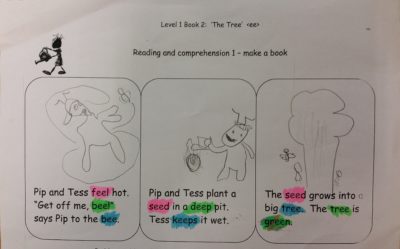
2. Match captions to pictures. This is a great way to engage beginner readers in the meaning of what they are reading. It allows beginner readers to read only a short sentence and think about its meaning. This sheet is from our Dandelion Launchers workbook.
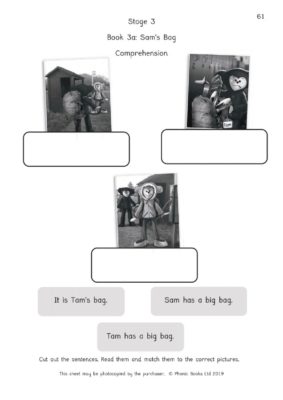
3. Find the ‘untruths’ in the text. This example is a text that has untruths planted in the story. Kids love to find the planted ‘fibs’. This is a great way to get kids to develop reading fluency as they need to reread a text in order to discover the ‘untruths’. This sheet is from our Dandelion Readers Level 4 workbook.
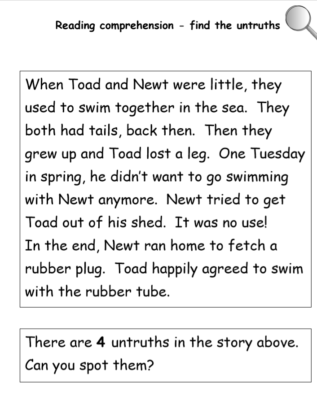
4. True or False? This is sheet is from our Talisman Series workbook. Kids love this activity because they can do it independently which is very empowering for beginner readers or those having difficulties with reading. It doesn’t entail writing but it can include fact checking, vocabulary and inferential meaning.
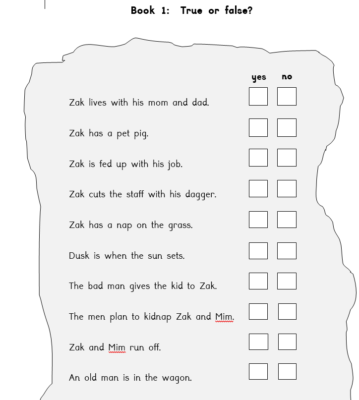
5. What’s missing in the picture? This activity is from our Talisman 1 Series. It is a favourite with students because there is no writing but the student must read the text closely to check he/she is not missing a trick!
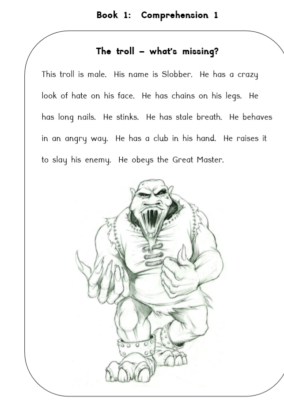
Those are just a few ideas of how to engage readers in comprehension activities. If you are interested in more ideas, visit our website.

